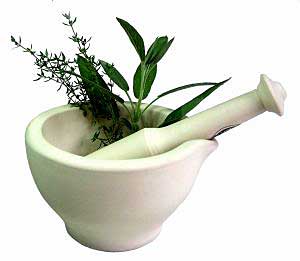Probably one of the most classic accompaniments to alot of main courses, the fondant potato, is held in high regard for alot of people. It's one of those dishes you can also use as a vehicle for many flavours (depending on what you're serving it with) and goes down a treat with alot of food, due to its universailty.
I put these alongside a roast shoulder of lamb for mothers day, and they went down very well.
Herein, i show you the standard way of making them - but will also suggest a variety of ways they can be tweaked where necessary. I make no promises however save one, - if you've not tried them before, you're going to love them.
You will need:
1 good sized potato per fondant potato (you can however make mini ones or large ones, the method remains the same)
Stock, of almost any variety. Usual practise is to use the stock of a meat or flavour you're serving it with.
Chicken stock, in its versatility however can be universal. If you have veal stock on hand, use that. Youll need enough to cover them when in the roasting tin.
Butter - as much or as little as you like. Bear in mind though that if there is no butter the term fondant becomes somewhat redundant. i usually go for approx 25-50g per fondant potato if making large ones. Yes you can use spread / margarine but we all know that its never the same.
A disc cutter the size of the fondant potato you want to make.
Any other seasonings / flavourings you want to incorporate. If serving with duck / game throw in a star anise or two. If serving with red meat add some mustard seeds and a good amount of crushed garlic and black pepper. Herbs are always welcome in fondant potato, and the more sturdy herbs such as rosemary, sage and thyme go with pretty much every meat. A few chopped onions and a clove never go amiss either.
The doing bit:
Wash and peel your potatoes, and discard the peel / feed to your rabbit / make crisps out of them. (I'll leave that up to you). Using your cutter cut out the fondant potato and trim accordingly. Usually i use a turning knife to trim the top into an even taper but if you wish to cut them top and bottom so they're flat, that can work also.
When your potatoes are cut out any trimmings you have set to one side for mash / other uses (dont waste them). Heat up a large frying pan and add a small amount of oil and coat the pan until smoking hot. Sear the potatoes until coloured both sides then add to the roasting tin. Pour in the stock (preferrably hot) and the butter and any other seasonings, then cover the tray with greaseproof paper and tinfoil. Put in preheated oven to about 180C then check every half an hour to see if theyre ready by piercing with a blade in the center. If the knife goes in easily, remove from oven, and leave to cool. Extract from the stock, then keep the buttered stock to one side for a sauce or similar.
Theyre ready to eat - so reheat in oven where necessary. Oh, and lastly - enjoy.




